LoRa-Networkconnection
For Meteo-PWS and Domotics the communication usually applies the frequency bands 433MHz, 868MHz and WiFi (=2.4GHz/5.0GHz).
Usually the communication is in a star-network-configuration, with the peripheral devices communicating towards 1 base-station.
Especially for Meteo-Setups the infrastructure usually is private: application of 'external' elements is specific exception, such as for reading/feeding external databases and websites.
That communication may be with high speed & high data volume, but it is not long range (<100m).
Reasons:
- An unobstructed, unattenuated light of sight for communication is rare
- In practise all kinds of obstacles cause attenuation & reflection [buildings, plants, furniture, cars, etc.]
- If multiple users apply a frequency band, in addition collisions occur, which result in reduced communication => los of communication & low(er) data rate.
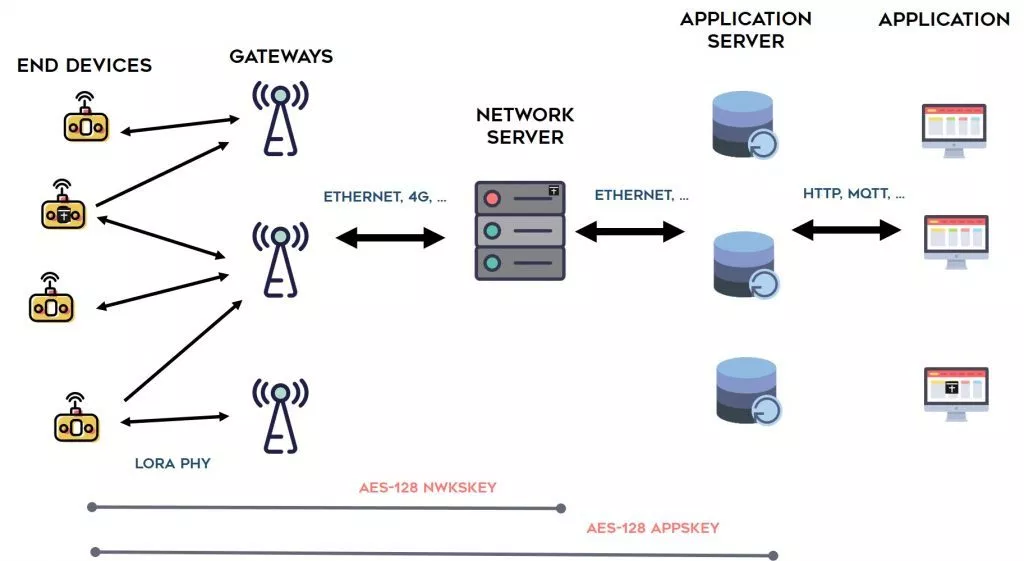 The alternative LongRange(WAN)-communication also applies 868MHZ as frequencyband, but with different technics & organisation, offering much longer range (km's), be it at the cost of data rate & data-volume.
The alternative LongRange(WAN)-communication also applies 868MHZ as frequencyband, but with different technics & organisation, offering much longer range (km's), be it at the cost of data rate & data-volume.
LoRa-Communication applies a functional chain as shown adjacent:
- at the start of the chain the EndDevices
- at the end of the chain the Applications
- EndDevices andApplications may be located at the User, and possibly also an own Gateway for more reliable communication with improved data transfer, but the Gateways and especially the Network&Application Servers usually are located 'elsewhere/external'
- communication between EndDevices and the LoRa-Network is automatically established related to detected Gateways.
For LoRa-Communication the longer lines of communication generally are not a problem, but for use of the 'external' elements you need to join one of the available LoRa-Networks.
Joining is not trivial, because still 'rather experimental', hence more suited for 'experts/enthousiasts'.
KPN offers a 'business', almost nationally covering LoRa-network, also over our postal location NL7559KW.
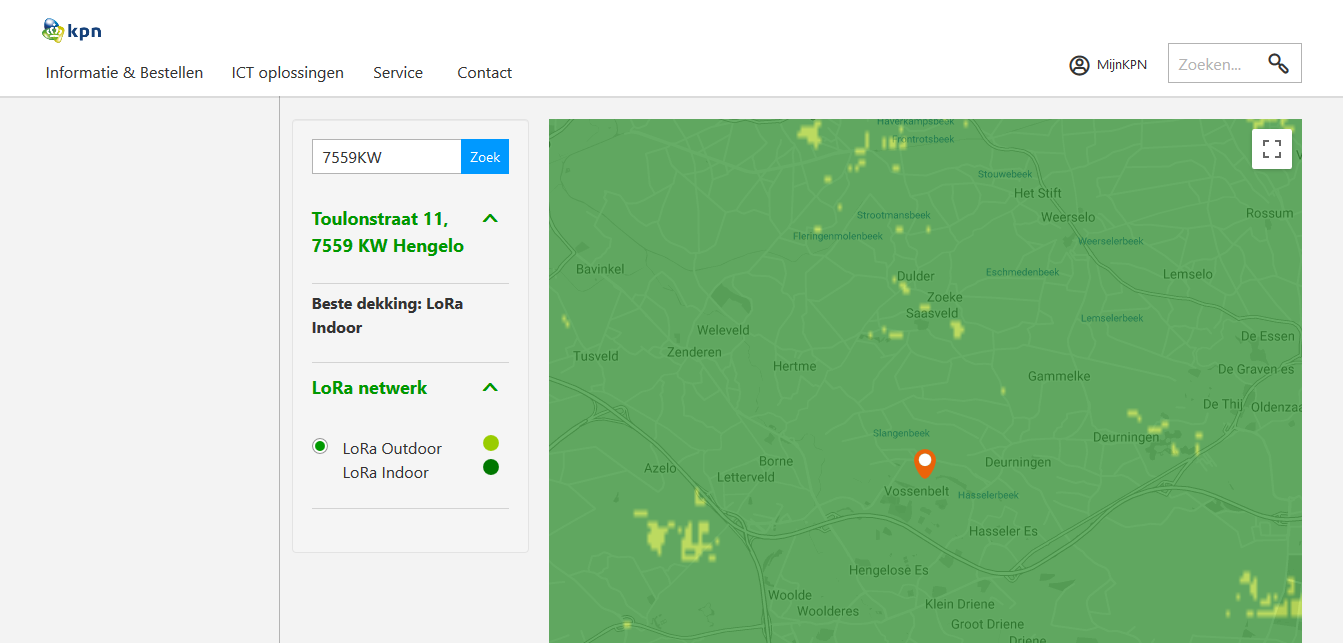
TTN for setup and operation depends on de Gateways and Servers made available and maintained by volunteers and sponsors.
The 3 pictures below show on a map, without respectively with coverage-diagrams, the TTN-Gateways which are available to me.
The nearest Gateway north of my location apparently is no longer active, and the nearest Gateway in direction ESE needs to be tested.
=> not yet a direct 'air'-connection to TTN visible for our location.
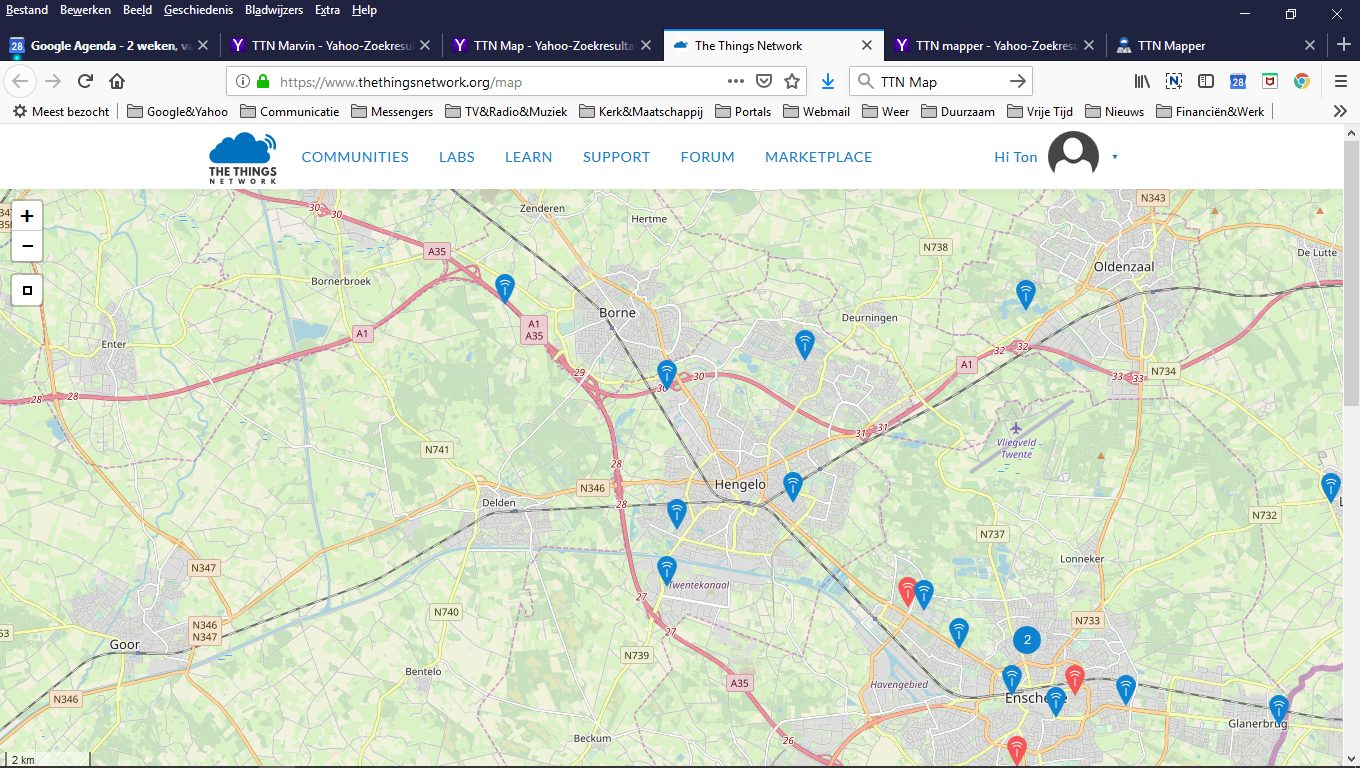
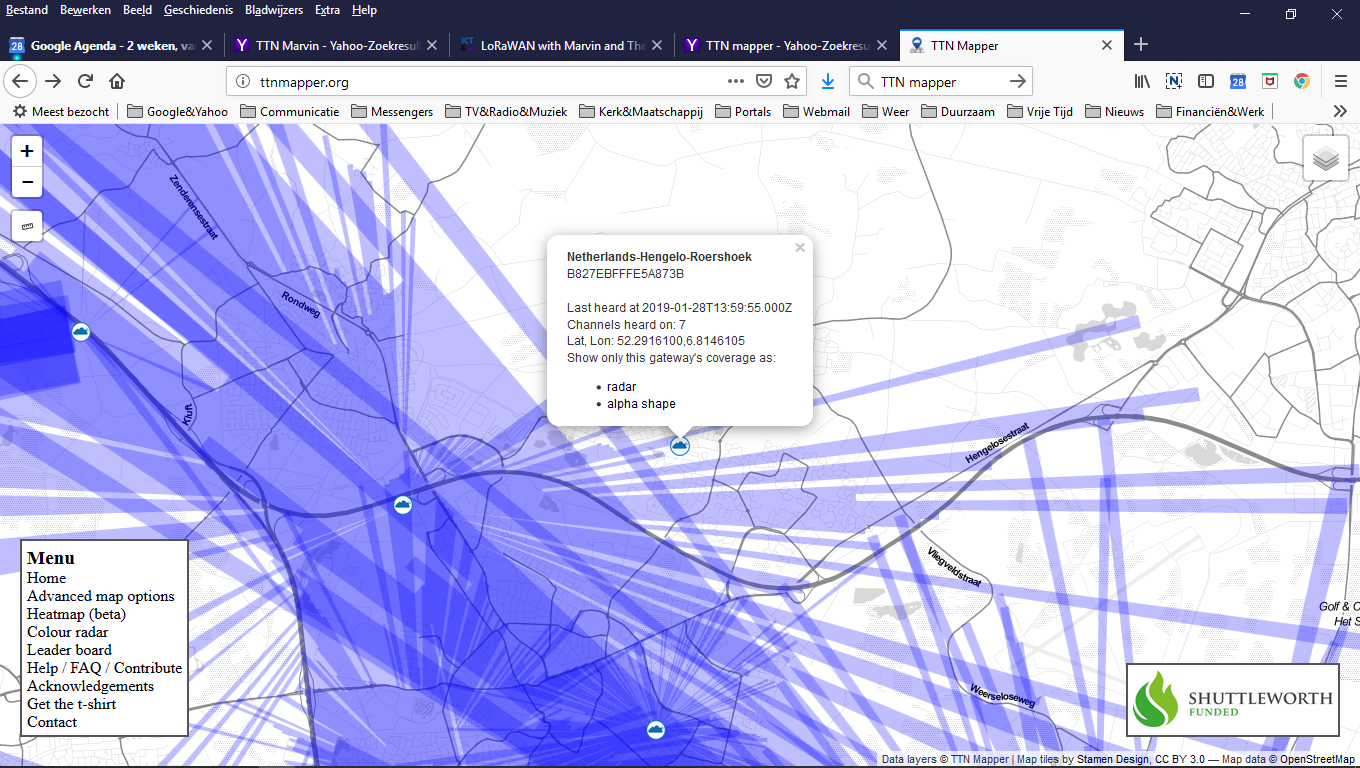
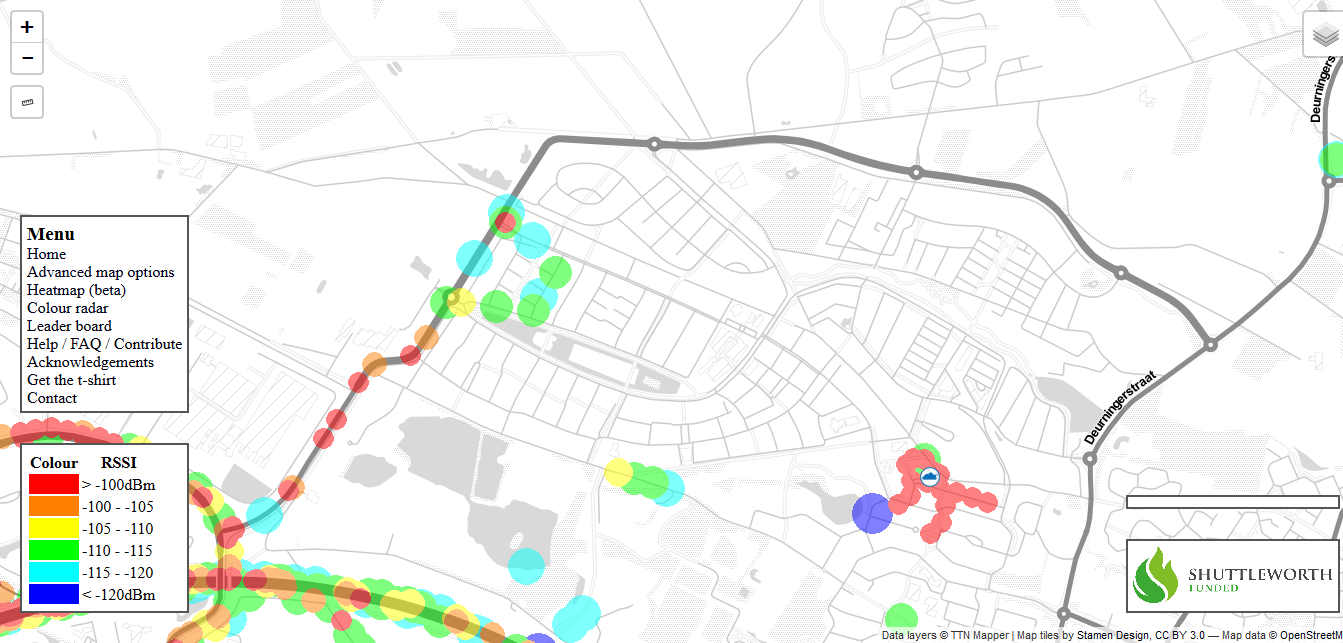
Conclusion: good coverage by KPN, not (yet?) by TTN:
an own Gateway required for TTN-interface over internet?


Realisation of LoRa-Devices & -Functions
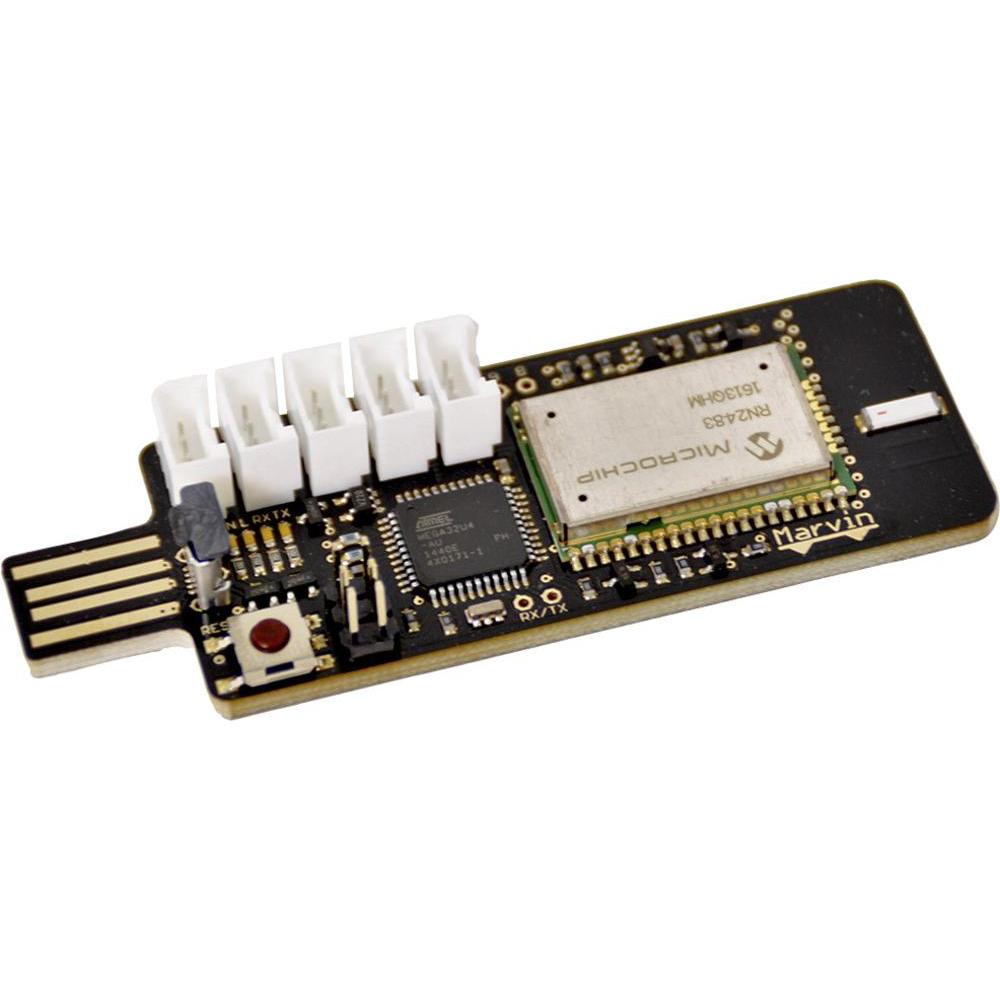
'Marvin-Box'
As initiation for my LoRa-experience purchased a Marvin IoT-Developmentboard with related Developer-subscription at KPN.
This is an ESP-board with an integrated 868MHz-communicationboard, and with 5 Grove-connectors for a quick&simple connection of sensors.
Controlled by an Arduino-sketch.
The 6-month subscription to the KPN-Network and a temporary Endpoint_URL-with-Dashboard should allow for some experimentation to get acquinted to LoRa-Setup & -functions.
USB-Power Supply of this DevelopmentBoard, either by an edge-connector, or by micro-USB:
the edge-connector is foreseen for direct connection to a Powerbank.
My intended application is as Class_A Device for a 'remote meteo-sensor' with power supply from battery and/or solar cell.
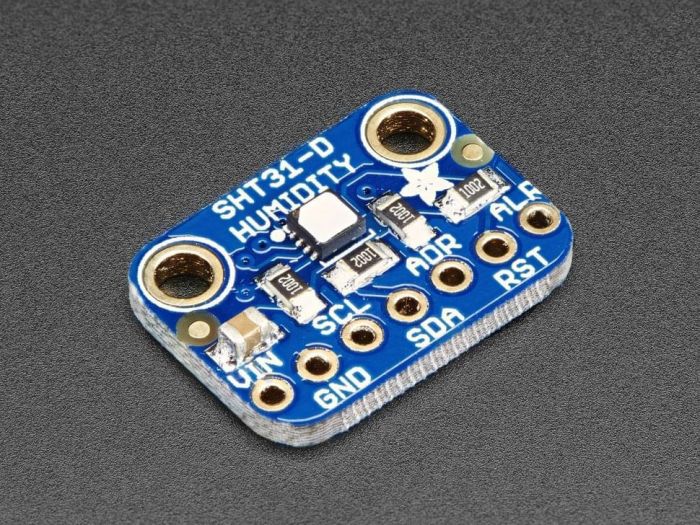 As first functional configuration a T/H-sensor has been fitted of type SHT31D.
As first functional configuration a T/H-sensor has been fitted of type SHT31D.
The 'provisional' power supply is by an USB-Powerpack of 2600mAh.
The EndDevice-pakkage (= MARVIN + SHT31D + PowerPack) has been housed in a 'Marvin-box'
[= 'recycled' plastic bin with a ring of holes at the top and bottom edges]
With this EndDevice-configuration and available Gateways can be tested how this concept can be operated:
at the Endpoint-URL a report should appear showing measured temperature and humidity from the sensor SHT31D.
Tests & Results
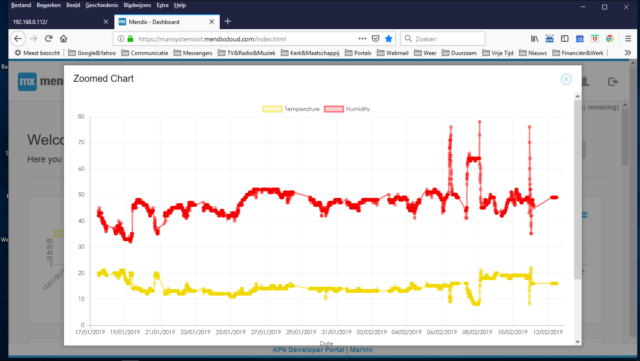 Test a. with the 'Marvin-box' mobile in the house is positive:
Test a. with the 'Marvin-box' mobile in the house is positive:
however (by indication SF12) visible that 'some effort' is required.
Test b. with the 'Marvin-box' in the the space under the house is negative:
no connection with the KPN-network.
Possible reasons:
- attenuation due to protected position behind walls and under the concrete floor
- extra r.f.-attenuation by the Tonzon-floorisolation (by means of alu-covered air-cushions)
Test c. is mobile above ground in/around the house and in the car (wandering the country),
during which the 'Marvin-box' continuously had connection, as can be seen in the diagram.
[the flatlines indicate when the 'Marvin-box' was off]
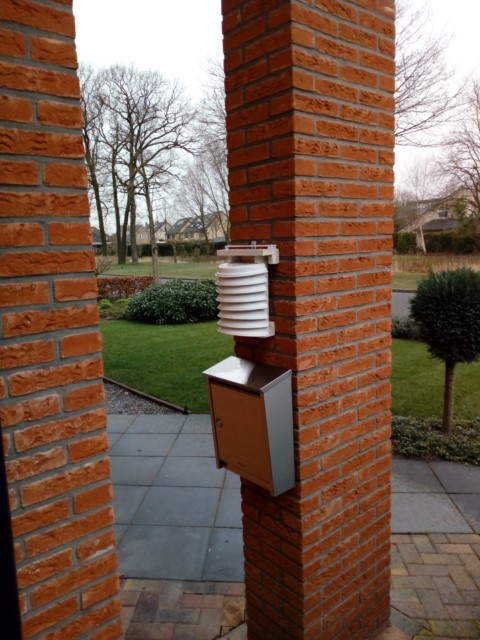
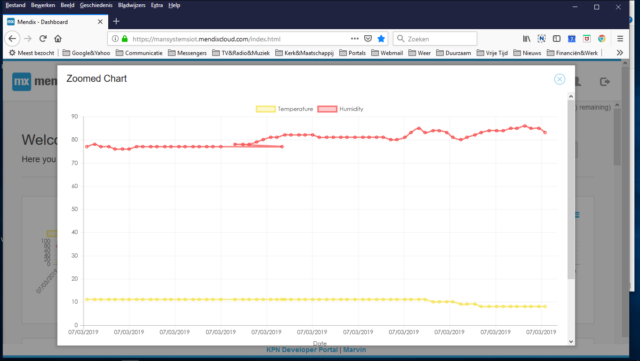 After the above tests the 'Marvin-box' has been fitted outside at the northern side of our house in a weather-protecting housing
After the above tests the 'Marvin-box' has been fitted outside at the northern side of our house in a weather-protecting housing
derived from meteohuts, consisting of a stack of halved plastic dishes, to keep away sun and rain from the 'Marvin-box'.
The graphs shows that it works, as long as supply from the powerpack lasts ......
The data flows online from the EndDevice over the KPN LoRa-network via Gateways temporarily to an Endpoint-URL,
of which the related Mendix Dashboard generates the adjacent graph,
with display of max. 6 measurements/hour for Temp&Hum (with variable intervals).
Alternative & further Uplink for other applications is in infancy-phase.
Conclusions/ToDo
- Functional interface according to OSI-model to be further developed for the chain EndDevice=>KPN=>Domoticz, or
- Functional interface to be derived/developed for communication in the chain EndDevice=>TTN=>Domoticz
- Powermanagement to be developed for local Power Supply + Powerpack, with sleep-mode + lower uplink rate, aimed at, either continuous operation, or (at least) a longer operation time than the 36 hours with this powerpack
- Improvement of Packaging (after the above aspects have been realised)


The (dutch) websection for Experiments starts here
Sitemap/ Jumplist for this website, incl. links to english versions of pages

Copyright © 2013-2019 T4S, considering the section related to liabilities, rights etc.
 The alternative LongRange(WAN)-communication also applies 868MHZ as frequencyband, but with different technics & organisation, offering much longer range (km's), be it at the cost of data rate & data-volume.
The alternative LongRange(WAN)-communication also applies 868MHZ as frequencyband, but with different technics & organisation, offering much longer range (km's), be it at the cost of data rate & data-volume.







